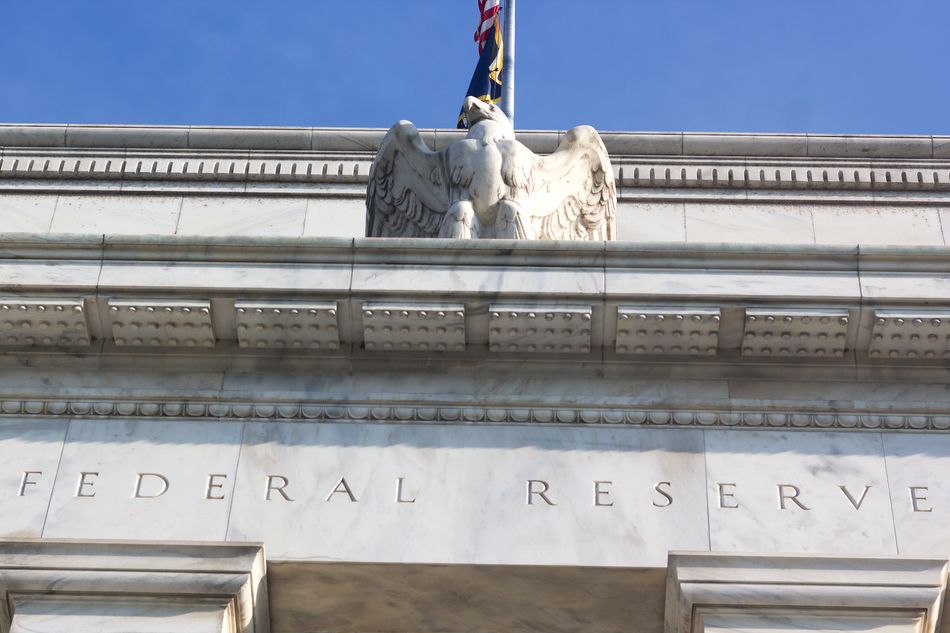Fed rate cut gives fresh impetus to US high-grade bonds

The US investment-grade market saw a pickup in new issuance following the Federal Reserve’s quarter-point rate cut, extending the borrowing blitz in September.
A total of nine issuers swarmed to the high-grade market and raised US$14.8bn in debt on September 18, bringing the week’s total issuance volume to US$33.95bn.
“This is the first year that I can recall where the market will stay so busy so late in the month,” said Teddy Hodgson, global co-head of investment-grade fixed income capital markets at Morgan Stanley. “It definitely feels exceptionally active.”
The burst in activity is fuelled by credit spreads that are returning to their tightest levels in decades, combined with robust inflows into US investment-grade bond funds to secure relatively high yields before more rate cuts.
“Cash-rich insurance and pension funds are all very keen to deploy cash now ahead of a rate-cutting cycle,” said Jiyann Daemi, head of US corporate syndicate at TD Securities.
The high-grade credit spread stood at 75bp as of September 18, tightening 6bp from the end of August, according to ICE BofA data.
Hungry for yields
Wireless carrier AT&T was among the major borrowers on the week of September 15, weeks after telecoms provider EchoStar agreed to sell spectrum licences to the company.
It sold US$5bn of senior unsecured notes that contained US$1.15bn seven-year, US$1.25bn 10-year, US$1.1bn 20-year and US$1.5bn 29-year fixed-rate paper.
Proceeds will be used for general corporate purposes, including upcoming debt maturities and pending acquisitions.
Helped by demand for long-dated bonds — which remain rare amid elevated interest rates — the four-part transaction attracted a massive US$16.85bn order book. Final pricing for the four tranches was tightened 30bp–32.5bp inside midpoints of IPTs, before landing at 70bp, 82bp, 87.5bp and 100bp, respectively.
Overall, the deal achieved a negative new issue concession of 1bp for the seven-year and 10-year notes, and 2bp for the 20-year and 29-year portions, according to IFR data.
International banks UBS and Credit Agricole also tapped the favourable issuance window and priced deals in the dollar market during the week.
“It’s a seller’s market,” said Hodgson. “Many frequent issuers such as Yankee banks and financials are prefinancing next year’s maturities, with spreads looking extremely attractive.”
Still, some issuers looking to sell 30-year and 40-year bonds are likely to wait to see if rates fall further, he said.
Market conditions are so palatable that international issuers that previously shunned the dollar market, including German utility RWE, are now returning (see separate story for more).
With credit spreads hovering just above historic tights, investors are dipping lower into the capital stack for higher yields.
In light of this, Houston-based energy company Phillips 66 came to market on September 16 with its first hybrid issuance, which comprised two-part 30.5-year junior subordinated notes that cannot be called for five or 10 years, respectively.
The US$2bn offering eventually attracted US$10.8bn in total demand, with the NC5 portion yielding 5.875% and the NC10 tranche yielding 6.20% at final pricing.
“Investors are yield-hungry and willing to ride the potential volatility,” said Natalie Trevithick, head of investment-grade corporates at Payden & Rygel. “There is not too much discernment between credits.”





